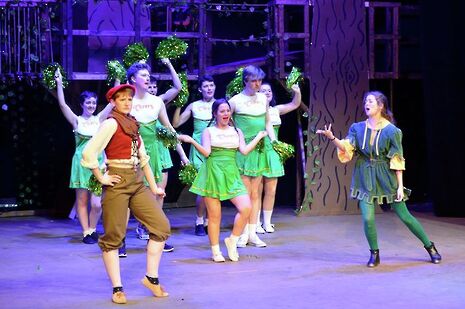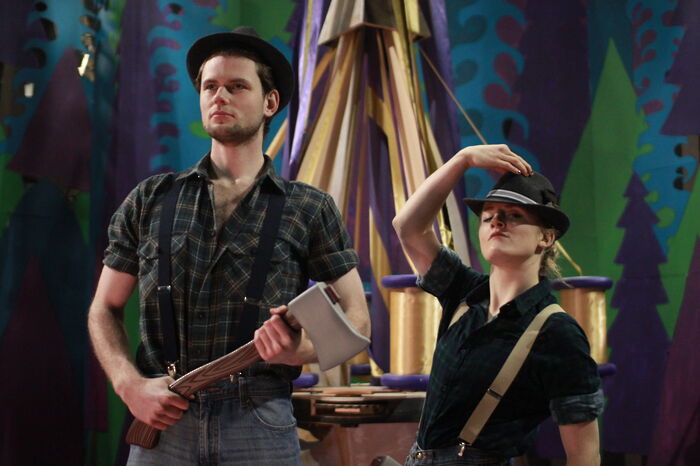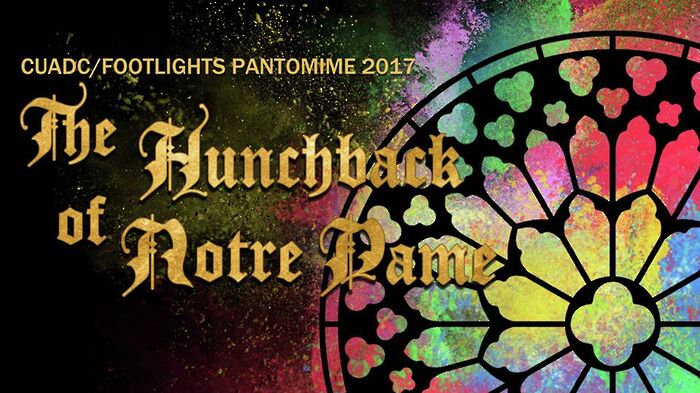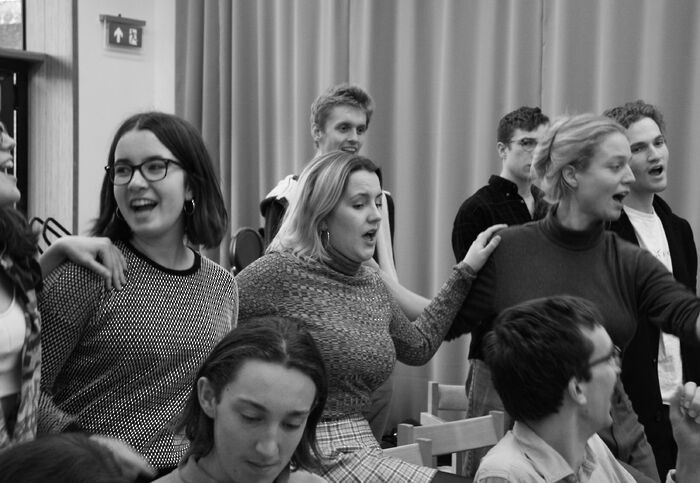A guide to the pantomime
As we step into the cold Christmas season, Theatre Editor Sarah Taylor takes us through the history and significance of the pantomime, from its origins in mime to modernity.
It’s officially Panto season! “Oh no it isn’t” you may cry; “Oh yes it is” I would retort. “Oh no it isn’t!” - and so we would go on, with increasing intensity, until one of us gave up.
If this palaver has left you somewhat confused, then it may be that you have never seen a pantomime. Upon hearing this, the average Brit would probably appear dumbfounded. After all, many of us who have lived in this country since childhood have grown up with this festive phenomenon. For the uninitiated, however, I imagine pantomimes are baffling; isn’t it a bit strange that we go to the theatre and are encouraged to heckle the actors, that our enthusiastic participation is not only expected but relied upon?
There are some rules to watching a pantomime: join in no matter how ridiculous, be prepared for things to get riotous, and, most importantly, let yourself have fun. Pantomimes are meant to be silly, so you have to embrace it to enjoy it - there is no room for shyness or seriousness here. This is perhaps what makes the pantomime so perfect for family viewing; children don’t have to contain their excitement, and as they giggle at the slapstick comedy adults giggle at the wordplay, and the fact that they can’t explain certain jokes to the little ones.
For me, the yearly trip to the panto was a highlight of the season as a kid; we would go en masse to watch a cast of C-list celebs wreak havoc with a fairy tale. When I first started going I was a child, caught up in the spectacle, but by the time I stopped I was a teenager, desperately pretending to be too cool while trying not to laugh. Some years were fun, some were unforgettable; if you mention Cinderella in my household my mother will almost certainly say “ey, do you remember that year with H from Steps?” (Ian ‘H’ Watkins may have made his name in a pop band, but we will always think of him as Buttons).

The pantomime wasn’t just a family tradition; I have vivid recollections of a touring pantomime coming to my primary school annually, a particularly strong year being the time they put on Robin Hood. Our ordinary school hall was half-consumed by a large, black screen (delineating the back of the stage) while a young man in green lycra paraded about in front of it, occasionally shooting arrows over our heads, and taking on the evil Sheriff of Nottingham in a final duel so thrilling we squealed at every clash of the swords - cheering on Robin, naturally.
This, in essence, is what makes a good panto: a central conflict between a charming underdog hero and a sinister but powerful villain, culminating in a climactic battle, usually over the fate of the female love interest, in which good defeats evil and our hero gets the girl. It’s a caricature, of course, but that’s what allows pantomime to be relentlessly light-hearted and shamelessly sentimental. In the familiar arms of such a well-worn plot we feel cosy, and what better way to feel at this time of year?
More than that, though, pantomimes are the perfect vehicle for humour, with innuendo, puns and even topical digs in abundance. This comic excess is probably a result of the panto’s origins in mime, the exaggerated actions now matched with a similarly playful language. Springing from the continental commedia dell’arte and English court masques, pantomime was initially a silent form of theatre, and retold stories from classic antiquity. Nowadays, pantomimes retell folk or fairy tales, and often assume their audience’s familiarity, not least because they pay little attention to the plot of the original, in favour of exciting and unlikely events.
Reviews of previous pantomimes
Of course, we can expect a ‘happily ever after’ for the beloved stock characters - the hero, the love interest, the fairy godmother figure, the dame. The latter was traditionally a man in drag, playing a matronly role as either excessively camp or incongruously butch; though modern pantos play with cross-gendering in other ways, the dame figure is such a stalwart of pantomime that she is rarely completely eschewed. The other iconic role is the pantomime horse (or equivalent), an animal part blatantly played by two humans. To fit all these types into one tale is a feat, so it isn't surprising that the plot takes many artistic liberties.
If this weren’t confusing enough, many pantomimes, such as versions of Aladdin or Jack and the Beanstalk, include characters from other nursery rhymes or stories (such as Ali Baba and the Forty Thieves or ‘Jack and Jill’). This mash-up of characters is something the CUADC/Footlights Panto, being student written and, therefore, often aiming for a more original plot, has previously done and, judging by the character list will be doing again this year. It’s a smart way of keeping an old form new and, while it does assume a wide knowledge of British folklore, it can allow refreshing creativity in terms of character identity and expectations.
If you’ve never seen a panto, the CUADC/Footlights productions are usually a fair representation, making them a good place to start. You never know, you may have a revelation like ours over H from Steps. You may be talking about it for years to come.
 News / Local business in trademark battle with Uni over use of ‘Cambridge’17 January 2026
News / Local business in trademark battle with Uni over use of ‘Cambridge’17 January 2026 News / Cambridge bus strikes continue into new year16 January 2026
News / Cambridge bus strikes continue into new year16 January 2026 Comment / Fine, you’re more stressed than I am – you win?18 January 2026
Comment / Fine, you’re more stressed than I am – you win?18 January 2026 News / News in Brief: cosmic connections, celebrity chefs, and ice-cold competition18 January 2026
News / News in Brief: cosmic connections, celebrity chefs, and ice-cold competition18 January 2026 Film & TV / Anticipating Christopher Nolan’s The Odyssey17 January 2026
Film & TV / Anticipating Christopher Nolan’s The Odyssey17 January 2026












